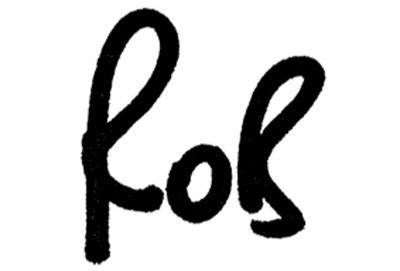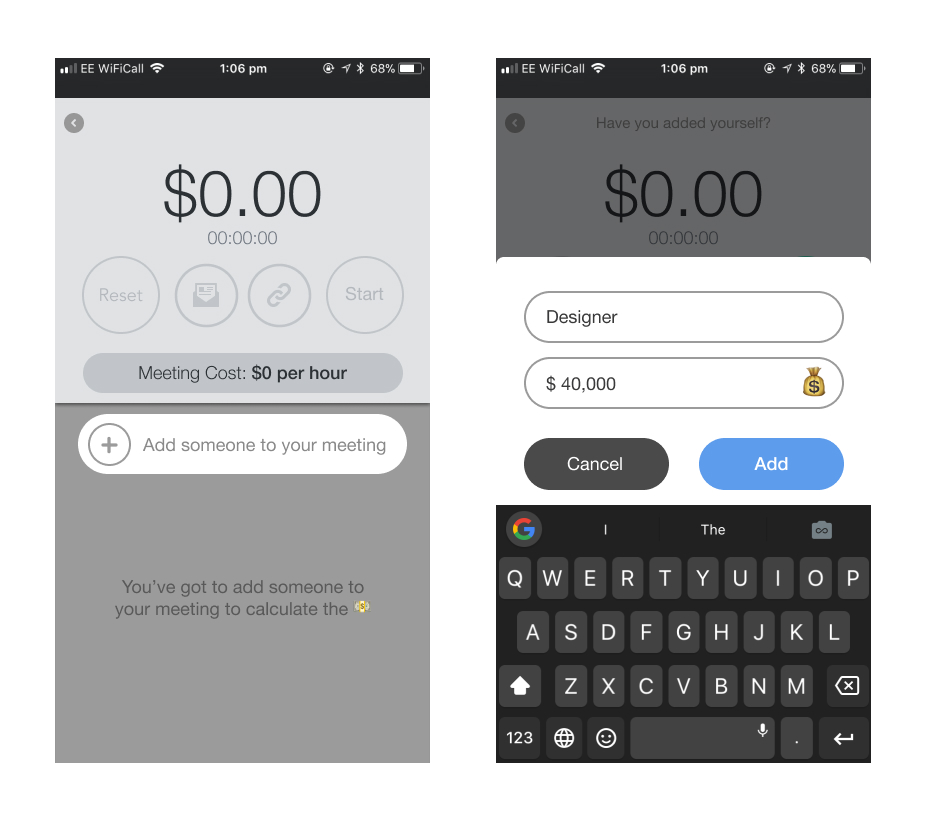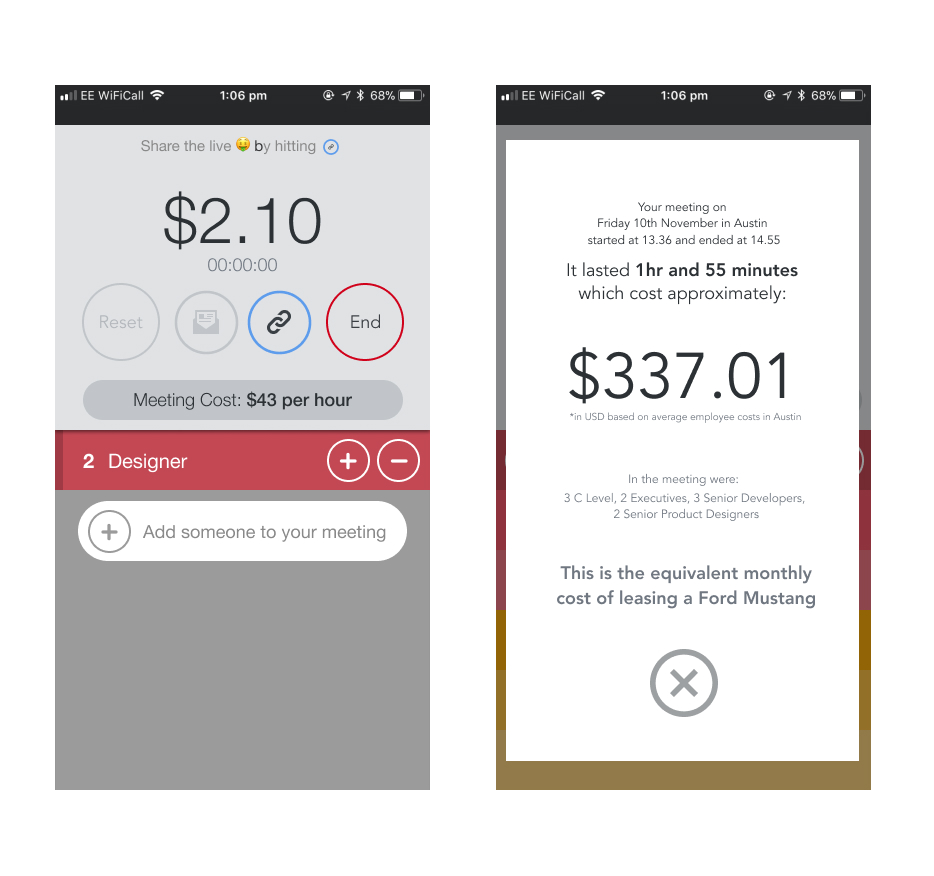Meetings mean time, time means money; so I build a product that times meetings
The best products are built from identifying real problems. In a previous role (no names mentioned) I ran a product line and associated team doing pretty deep and complex work, however it often felt we were executing that deep and complex work despite the negative cultural elements that surrounded us. There were pressurised long hours, expected attendance, clock watching, micro-aggressions and micro-management. So far so uncultured start-up I guess. I won’t delve into that culture too heavily here - except to say that it’s the opposite of what a good work culture should be, I’m thankfully out of it, and I’ll never return to it regardless of the equity thrown my direction.
That aside, the one element of this company culture I truly detested was unplanned, unstructured and un-time-boxed meetings. I’m not (at least I don’t think) arrogant enough to describe my ‘time as money’, but I do consider myself experienced enough to consider flagrant and mandated bad use of my time disrespectful. And I’m not talking about the kind of meeting which is ‘hey, could we all meet and have a chat about some ideas I’ve had’, which, you know, often are unstructured and wavering meetings, sometimes seemingly with no end - but sometimes there is a need for those meetings which become a rolling critique or discussion, specifically if the focus is there in the room and there’s a clear need and everyone is engaged.
The fact that my team invented a side-app to cope and expose the futility - and cost - of the meetings we encountered, should probably be proof that they weren’t those meetings. No, these were undirected ‘hey come into this room now’ meetings which often roped in 10 to 20 participants and could run from 2 to 4 hours on a bad day. If you were super lucky you could claim ‘something urgent came up’ and find your way out of them - but that was rare.
And so a product was born. Born from the question, “Hey there were so many of us stuck in that meeting and it was totally pointless - I wonder how much that just cost?”. A very valid question, specifically if you’re in the process of burning venture cash in search of a market fit, and time is described as ‘runway’.
Designing this product was pretty quick and scrappy. React Native, some quick sketches, a few conversations, empower the front end designers and embrace the feature adds that magically appear. Let’s not call this a portfolio piece, but let’s call it a useful and fun product. It’s a product that everyone who sees it says ‘Man I wish I’d had that on my phone in this meeting I had the other day’.
It’s simple. So simple that you show it to someone and they immediately go ‘OH!’ and grab it from you. It’s probably the only product I’ll ever make that will be so simple and have such an immediate reaction.
Simplicity aside, there’s some cool features in the product though. The great thing about these mini-features as they came from - clearly - a passive aggressive moment, probably in a two hour meeting.
Yes, you can share the scary multiplying cash value by hitting the link icon - send it to whoever, however to show the futility of your meeting existence. Yes, you get a report on the total bill due from your wasted group session, but with the added value of being told that the meeting cost the same price as a thing you’d maybe like.
In seriousness though, the app does provide shocking value in the moment. Using it in anger to disrupt pointless meetings, and claiming that time back to yourself is a glorious outcome. Using money as a metric also seems to be a metric everyone can understand.
Now all I need to do is work out how to get it to track my personal social media ‘burn’.







